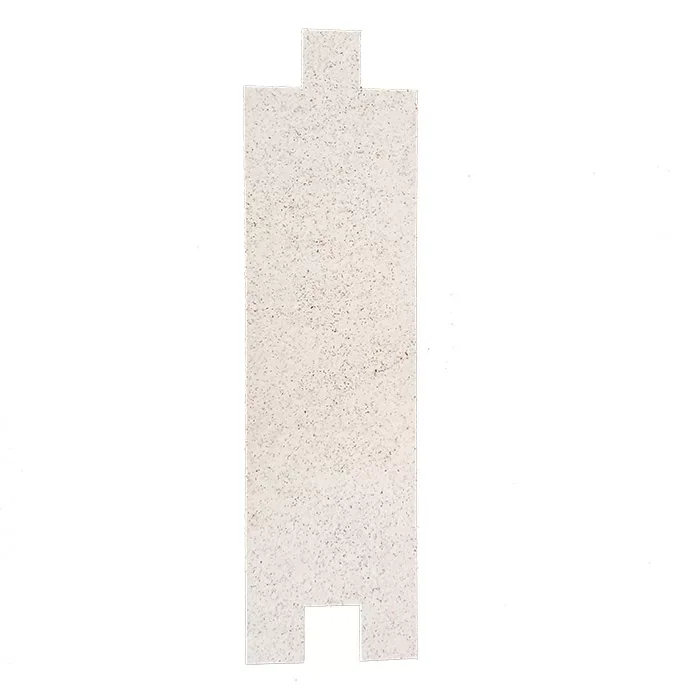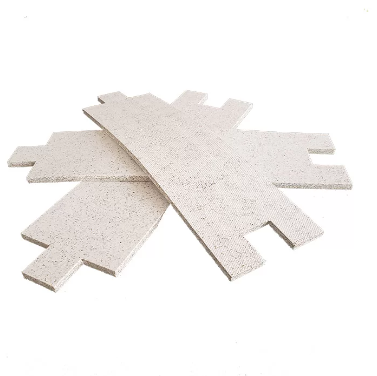In order to reduce the pollution of automobile exhaust to the atmosphere, automobiles are generally equipped with three-way catalytic converters in the exhaust emission system. The three-way catalytic converter is divided into three parts: metal shell, gasket and carrier. The sealing expansion mat wraps the carrier and is placed in the metal shell, wherein the sealing expansion mat plays the role of fixing, buffering, heat preservation and noise reduction, and sealing to prevent exhaust gas from overflowing.
1. The Standard for sealing expansion mats
As the number of ceramic blocks used in the three-way catalytic converter increases, the wall thickness decreases accordingly, making the strength of the ceramic carrier smaller. Since the sealing expansion mat is filled in the gap between the ceramic carrier and the metal shell, the material used in the design of the sealing expansion mat should be considered to make it suitable for a wide operating temperature range, and should be able to fix the carrier. At the same time reduce the pressure generated by the liner, so as not to break the thin-walled carrier.
2. The function of the sealing expansion mat
The sealing expansion mat is an important part to ensure the service life and safe operation of the purifier. The automobile exhaust catalytic converter gasket is different from the general thermal insulation and shock absorption gasket. In addition to the thermal insulation and sealing functions of the conventional gasket, the most important thing is that its thickness can increase with the increase of the working environment temperature. increasing, so that the gap between the metal shell and the honeycomb carrier due to thermal expansion can be compensated. The sealing expansion mat can fix and protect the honeycomb carrier well, and provide a good seal around the honeycomb carrier to prevent the leakage of exhaust gas.

3. The material of the sealing expansion mat
The reason why the sealing expansion mat has the above expansion function is given by the expansion material added therein. Therefore, the good expansion of the intumescent material is the premise of the good expansion of the elastic gasket, which directly affects the expansion, shock absorption, sealing and the service life of the catalytic purifier, and affects the quality of the elastic gasket. to a vital role.
The sealing expansion mat needs to ensure the normal operation of the three-way catalytic converter, and it will be in a high temperature oxidation environment for a long time, so the material of the gasket should have stability under such conditions. The materials for making the sealing expansion mat are metal, glass fiber or aluminum silicate fiber. According to the different material properties, the gasket of the three-way catalyst can be divided into two types: expansion and non-expansion.
4. The Development of sealing expansion mats
Traditional sealing expansion mats contain vermiculite, a layered silicate. Vermiculite is named for its worm-like exfoliation along the c-axis of the crystal after being heated to 200-30 degrees Celsius. This mineral has a high thermal expansion rate and expands about a dozen times when heated to about 300 degrees Celsius. and bend.
Due to the high expansion rate of vermiculite, which may cause greater pressure on the thin wall under heating, causing the carrier to break or fail, the non-intumescent gasket without vermiculite has been gradually used. Compared with organic polymer fibers, inorganic fibers represented by glass fibers, boron fibers, and ceramic fibers have higher strength and high-temperature mechanical properties, so they are widely used in gaskets.
The above is the knowledge about sealing expansion mats. Do you know all about it?


